We’re all mostly familiar with the concept mold, but did you know it can also damage your health? With a few simple steps, you can monitor and avoid things like excess humidity that lead to mold growth in your home.
Most of us will encounter mold or mildew in our homes at some point. It could be the black stuff that builds up between bathroom tiles, dark brown stains that appear on walls and ceilings, or nasty orange gunk that forms around taps or drains that haven’t been recently cleaned.
Mold not only looks bad and it can be annoying to scrub away, but it also causes health problems1, particularly for people with asthma or allergies. Exposure to mold through the air can cause irritation to the eyes, ears, nose, and throat, while it aggravates many existing conditions.
The good news is that there are some simple, effective ways to protect your home and family from the effects of mold and mildew.

What is mold and mildew?
Both substances are types of fungi that thrive in warm, damp conditions. Mildew is typically white or grey and grows on surfaces, while mold is often black or dark green and may penetrate a little deeper into the building materials.
Mold and mildew are present everywhere2, including in the air, and they’re usually harmless in small quantities, but build-ups can cause health problems. These concentrations are caused when spores settle on surfaces where the conditions are right and start to grow. In the home, this could be on walls, ceilings, floors, carpets, or furniture.
As a living thing, mold needs food, which it can usually find quite easily, but most of all it needs moisture. So you’re likely to see it growing in damp locations with high humidity like bathrooms, kitchens, laundry rooms, or basements. One third to one half3 of all structures have damp conditions that may encourage the development of pollutants such as mold and bacteria.
The conditions for mold to thrive
Mold and mildew often grow in environments where temperatures and humidity are high. Poorly ventilated spaces with elevated humidity are likely to suffer from poor indoor air quality, which poses a health risk that international agencies are increasingly keen to highlight4.
Let’s take one scenario, where mold growth is likely.
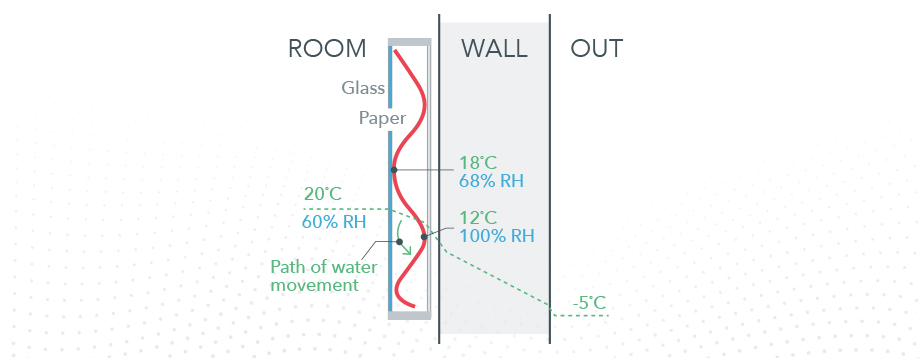
A picture is hanging on a wall without insulation. Indoors, the humidity is high, but the temperature throughout the frame varies, dropping where it is closest to the wall. When the air becomes colder it can hold less water, so water droplets are likely to form where the picture meets the wall and this becomes an ideal place for mold to grow.
It’s the same phenomenon that causes ‘toast sweat’! Warm air from your toast hits the cool plate and forms condensation.
.png)
Mold and health
Some people can have allergic reactions to mold allergens5, like sneezing, runny nose, skin rashes, and red eyes. For those with asthma, breathing in mold spores can trigger asthma attacks. This may also worsen other pre-existing lung conditions. Dampness and mold in buildings raise the risk of a variety of respiratory and asthma-related health outcomes by 30 to 50%6.
Children are particularly vulnerable, and studies7 have linked exposure to mold with an increased risk of developing asthma for the under-7s. In fact, the Harvard Review found that 21% of 21.8 million 8 annual cases of the condition can be attributed to dampness and mold in homes.
Mold can also cause some infections. This isn’t usually a problem if you have a healthy immune system, but people with weaker immune systems--which can be caused by chemotherapy, transplant treatments, auto-immune diseases, or certain medications--are at risk from fungal infections.
.png)
What can I do about mold?
Humidity and temperature are the main factors in mold growth. Monitoring for these conditions by installing an indoor air quality monitor in your home will help you understand if there’s a bigger risk of mold. The sensor will gather detailed information about a range of air quality metrics, including temperature and humidity, so you have real-time and historical data to identify problems and prevent issues from recurring.
The key to tackling mold is to prevent moisture from building up in your home and to do that you will probably have to reduce humidity indoors and improve ventilation10. The solution could be as simple as opening a window, where that option is available, but there are other methods that are just as effective.
With visible mold patches, the first thing to do is clean it, although if the build-ups are particularly bad, it may be necessary to call a professional. The EPA offers some great advice for mold cleanup in your home, which can be as simple as scrubbing surfaces with detergent. Similarly, identifying exterior facing walls that are uninsulated (such as a stone wall in a basement) can be helpful, as with these types of walls furniture should not be placed directly next to them. This will give the wall air to breathe and lessen the chance of mold growth. The key thing to remember though, is that mold is the result of a veiled problem. Cleaning off the mold is step one, step two is to fix the underlying issue.
For instance, in the bathroom, make sure you have a bathroom fan and that you use it. Circulating the air helps dry out surfaces and prevent a muggy atmosphere. Equally, in the kitchen, a range hood helps get rid of steam and cooking fumes. If you can, dry clothes outdoors, but if you have to do it in your laundry room, open a window or use an extractor fan.
A more advanced solution may be to install a ventilation or air conditioning system in your home. If you already have this equipment, make sure the filters are replaced regularly so that fresh air is able to circulate. A dehumidifier is another gadget that reduces water in the air so that it is less likely to condense on surfaces.
.png)
Look after your family and your home
Mold can be worrying, particularly if you have a young family, but it needn’t be an insurmountable problem. Many of the best ways of tackling the substance are relatively easy and inexpensive.
Remember air quality impacts your home. By monitoring indoor air quality, you’ll have an invaluable insight into the conditions in your home and a headstart when it comes to preventing mold.
Key takeaways
- Mold and mildew thrive in warm, damp conditions. They need moisture from humid environments to survive.
- Molds trigger asthma attacks and allergies. They can cause infections for people with low immunity and they’ve been linked to lung problems in children.
- Installing an indoor air quality monitor will alert you to conditions like humidity and temperature, which affect mold build-up in your home
- By lowering humidity and getting air circulating you can tackle mold. Fans, ventilation systems, and simply opening a window are all effective methods.
- By monitoring air quality you gain an insight into your home environment and get a headstart when it comes to preventing mold.

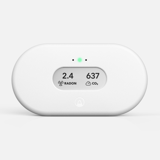
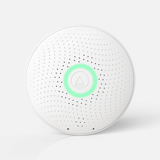
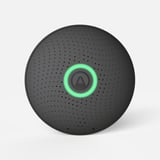
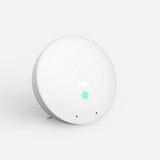
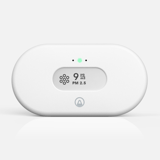
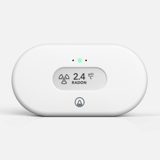
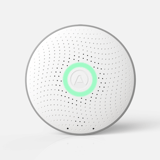
%20(1)%20(1)%20(1).webp?width=160&height=160&name=corentium_home_us_-_hero_image_-_front%20(1)%20(1)%20(1)%20(1).webp)




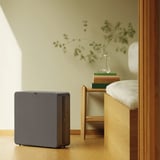




 Back to top
Back to top